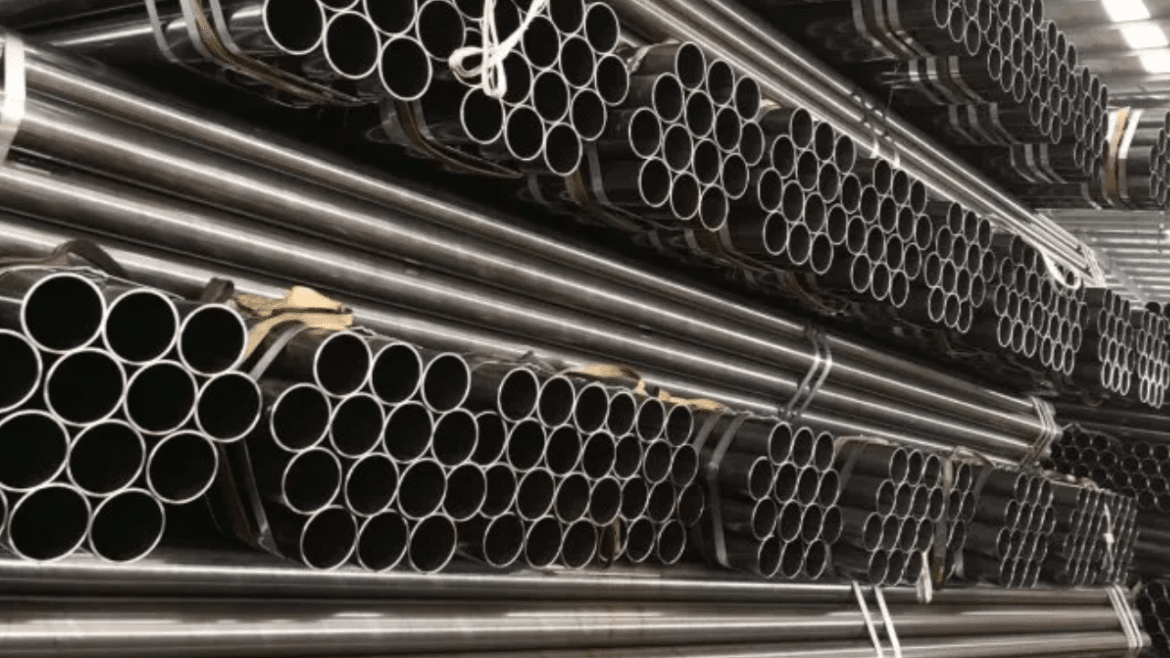Steel pipe piling is a structural foundation material composed of steel pipes driven into the ground to provide support for buildings, bridges, and other structures. It is frequently utilized in construction projects to shift structural loads to deeper soil or rock layers. This technology, which consists of strong steel pipes driven deep into the earth, provides unprecedented load-bearing capability, making it the favored choice for projects ranging from bridges and buildings to maritime structures.
While the benefits are obvious, difficulties such as soil heterogeneity, corrosion, and pile-driving complications demand careful design and engineering skills. The ability of steel pipe piling to adjust to various soil types, guaranteeing stability in cohesive and non-cohesive circumstances, exemplifies their adaptability. The soil’s properties, the required structural load, and the depth at which the piles must be driven all influence the size of steel pipe pilings.
Installation Process of Steel Pipe Piling
Steel pipe piling is an important component in construction and civil engineering projects because it provides structural support and stability in a variety of applications, including building foundations, bridges, and waterfront construction. Steel pipe piling installation needs meticulous planning, precision, and adherence to industry standards. In this article, we’ll go over the specific stages required for installing steel pipe piling.
Site Preparation
The first stage in installing steel pipe piling is to prepare the site. Clearing the allotted area of debris and analyzing soil conditions is critical. Engineers thoroughly inspect the site to ensure that it fits the project requirements. This preliminary phase lays the foundations for later steps in the construction process, ensuring that pilings are installed successfully.
Design Considerations
Design concerns are critical in the installation of steel pipe piling. Engineers thoroughly investigate project requirements, soil conditions, and load-bearing capacities. The selection of proper pile characteristics, such as size, length, and thickness, is critical. This phase guarantees that the steel pipe piles meet structural requirements, resulting in a strong foundation.
Material Inspection
Material inspection is a vital phase in the steel piling installation process. Each pile is subjected to stringent quality control techniques to ensure that it is defect-free, has suitable dimensions, and has sufficient material strength. This careful inspection guarantees that the steel pipe piles fulfill industry standards and project specifications. A thorough material inspection is required to ensure the structural integrity and dependability of the piles over their service lives.
Driving Equipment Selection
The selection of proper driving equipment is an important part of the steel pipe piling installation procedure. Engineers chose the most appropriate equipment based on soil conditions, pile size, and needed depth. Hydraulic, vibratory, and impact hammers are often used. The appropriate equipment selection is critical for efficient and effective pile driving, which contributes to the overall success of the construction project.
Driving Process
The drive procedure is an important step in the installation of steel pipe piling. Piles are hammered into the ground using a variety of tools, including impact hammers, vibratory hammers, and hydraulic hammers. Each approach has distinct advantages, depending on the soil conditions. This phase necessitates precision and careful supervision to ensure that the piles reach the required depth, laying a sturdy foundation for structures in construction and civil engineering projects.
Monitoring and Testing
Steel pipe piling installation requires continuous monitoring and testing. Continuous examination with tools such as pile-driving analyzers guarantees that the piles satisfy the relevant standards. Engineers monitor driving performance and instantly identify any deviations or potential difficulties. This phase is critical for preserving quality, preventing structural issues, and giving useful data for future reference and conformity with industry requirements.
Cutting and Capping
The installation of steel pipe piling requires cutting and capping. Once the piles have reached the correct depth, they are precisely cut to the needed elevation. The pile tops are then capped to avoid corrosion and ensure structural stability. This painstaking operation requires specialized equipment to provide exact cuts and excellent sealing, which contributes to the foundation’s overall resilience.
Quality Assurance and Documentation
Steel pipe piling installation relies heavily on quality assurance and documentation. Following installation, a thorough examination is performed to ensure conformity to project specifications. Comprehensive paperwork, including driving records, test results, and any deviations, is gathered. This data is used as a reference for future evaluations and ensures the dependability and lifetime of the steel pipe piles.
Final Words
Steel pipe piling installation is a key component of construction projects requiring precision, competence, and adherence to industry standards. Each phase of the process is critical to guaranteeing the structural integrity and stability of the finished structure. Engineers and construction experts must work closely together to traverse the complexity of soil conditions and project requirements, resulting in a solid foundation for a variety of structures.
